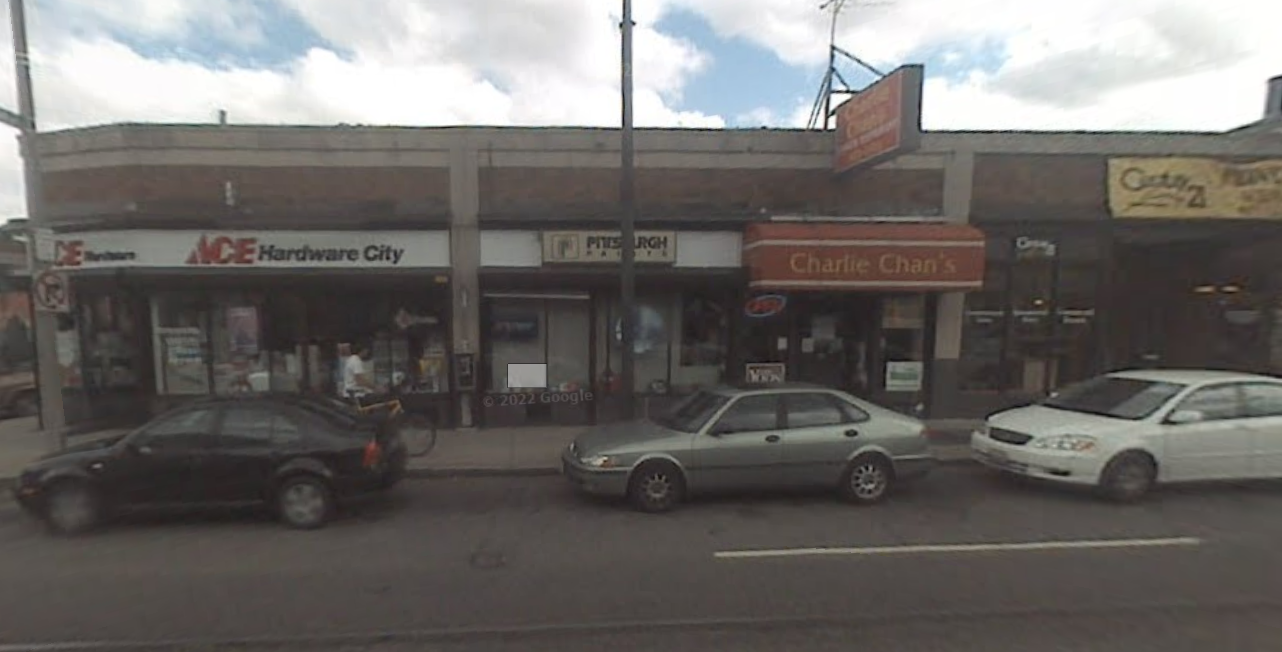Then vs. Now
In the early 2000s, Jamaica Plain was known for rents around $900/month, community gardens, and a vibrant arts scene. In 2011, a Whole Foods opened on Centre Street, and within five years, rents rose by over 50% as new luxury shops and high-end apartments moved in.
By 2024, the median rent exceeded $2,200. Many long-time residents and small businesses were priced out, replaced by wealthier newcomers.
Displacement & Cultural Impact
As gentrification accelerated, community landmarks local markets, cultural centers, and family-run restaurants closed or relocated. The neighborhood’s shared history, once celebrated at block parties and markets, has been overshadowed by upscale developments.
Originally settled in the 17th century and later developed as a streetcar suburb, Jamaica Plain has always been a patchwork of working-class and immigrant communities. Early Irish, Italian, and Jewish families built strong neighborhood ties around churches and local businesses traditions now under threat. (JPHS)
“It’s been kind of sad to watch. Because of all the gentrification, people have had to leave because they can’t afford to live here.”
“Local Latinos would set up milk crates in front of the store and hang out after their shopping trips. Hi-Lo was much more than a supermarket. It was about a neighborhood, a community, and valuable place and safe haven for residents and customers.”


